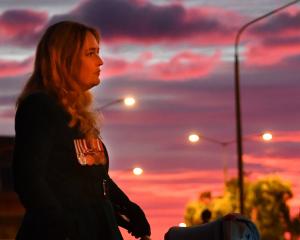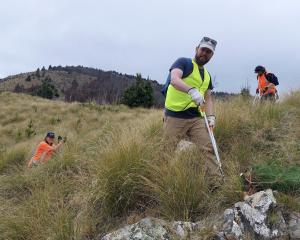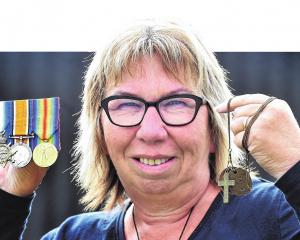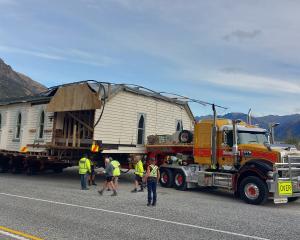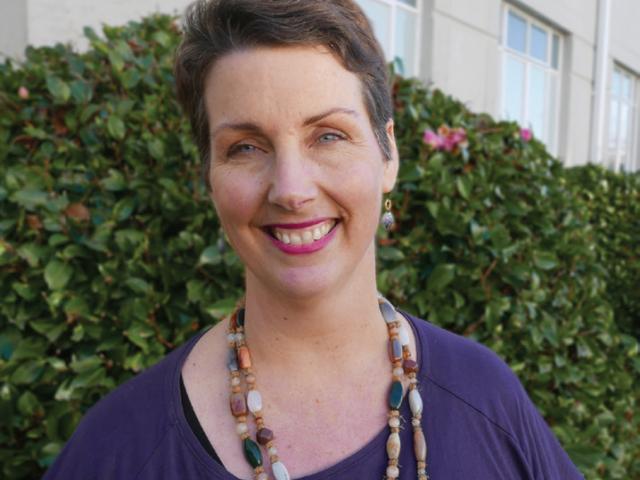
In December, after an extensive and often controversial consultation period, the Southern District Health Board provisionally approved siting primary birthing units at Wanaka and at Dunstan Hospital in Clyde.
That was conditional on the local lead maternity midwives and other local health providers agreeing to work within the proposed new system.
An SDHB meeting yesterday was told 82% of that workforce had agreed to the plan, and staff were confident that the service could be safely staffed.
"There was a high level of endorsement of the two-unit model," SDHB director of midwifery Heather LaDell said.
"It was regarded as being best for provision of care, best for the population and best for the workforce."
As well as the staffing issues, the board had to consider that the proposed cost to it of the two units had risen from $173,000 to $648,000.
Health boards are obliged by law to provide maternity services in areas not within a certain distance of a hospital, and the two-unit model was considered the best of four options earlier considered by the board.
Ms LaDell said the units would be staffed five days a week and provision would be made for after-hours care.
"We will be guided by what is safe and reasonable."
Population growth in the region had been a factor behind the decision, but the Covid-19 pandemic has thrown some of those predictions in doubt.
Ms LaDell said she was confident there would be enough births to keep the service busy, but that SDHB projections on demand for the new service had been set very conservatively.
Late last year the SDHB called for expressions of interest in running the units and received three responses.
It now planned to issue a request for proposals to provide maternity services from the unit in Wanaka and from the new service at Dunstan Hospital.
A business case for the capital expenditure on the units was expected to be sent to the Ministry of Health by July for consideration by its Capital Investment Committee in August.
SDHB chairman Pete Hodgson said the two-unit decision balanced many issues and questions involved in making that decision, including distance.
"We needed to face challenging issues around providing services that are sustainable from a population and workforce perspective, but also seeks to provide care closer to home, he said.
"This is especially important in such a critical area as maternity services.
“This is a balance, and many people have worked hard to find a result that responds to what we have clearly heard from the women and communities we serve.”

